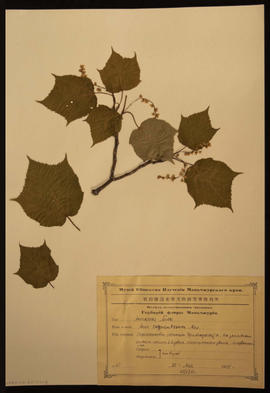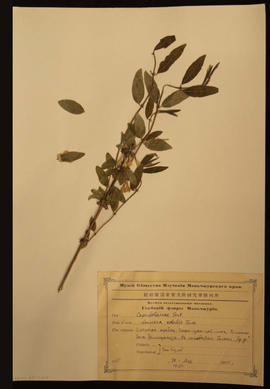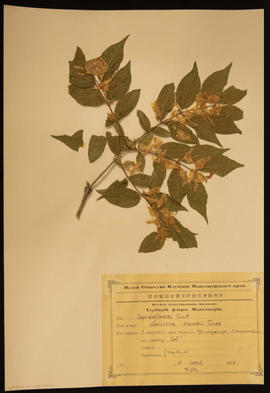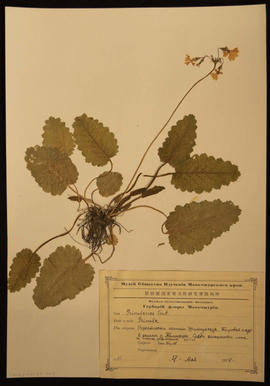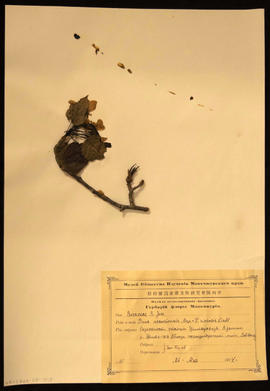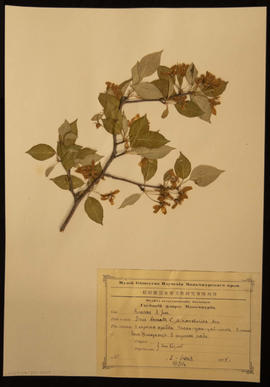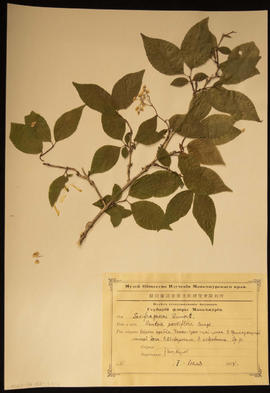The N.E. Hansen papers represent a comprehensive archive chronicling the career of Niels Ebbesen Hansen. The collection encompasses a diverse range of materials, including authored articles, bulletins, and circulars from Hansen's tenure at the South Dakota Experiment Station, as well as field notebooks, and ledgers from the South Dakota Horticultural Society.
Contributions from Helen Hansen Loen, Hansen's granddaughter, further enrich the collection with addresses, correspondence, journals, and travel documents, offering a deeper understanding of his professional and personal life. Notable highlights include addresses delivered by Hansen at prestigious events like the International Congress of Genetics in Berlin, underscoring his scholarly impact.
The collection's breadth extends to reports on forestry, sheep, and forage crops, reflecting Hansen's diverse interests. Manuscripts delve into topics ranging from agricultural practices to fine arts, while photographs document Hansen's expeditions to Siberia and Northern China, providing visual context to his exploratory work. Of particular significance are Hansen's manuscripts examining Soviet Russia's socio-political and economic landscape from 1934 to 1937. These writings offer valuable insights into agricultural collectivization, industrialization, and societal dynamics during that period, complementing Hansen's broader contributions to agricultural science.
Hansen, N.E. (Niels Ebbesen), 1866-1950



